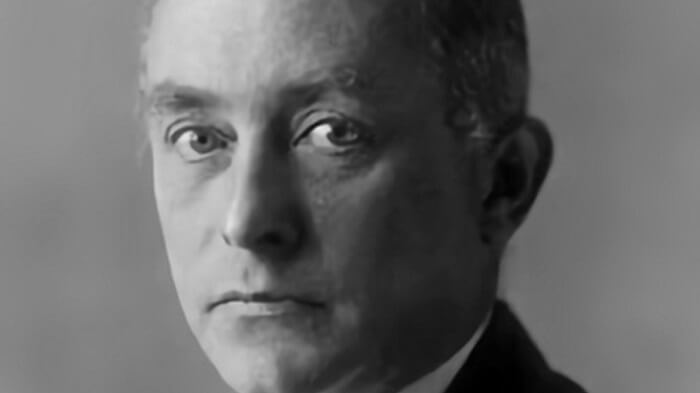German theoretical physicist: Who is Max Born?
He contributed to the development of this field with the probability interpretation he brought to quantum mechanics.

(1882-1970) German theoretical physicist. He contributed to the development of this field with the probability interpretation he brought to quantum mechanics. He was born on 11 December 1882 in Breslau. His father was a professor of anatomy and embryology, and his mother was the daughter of one of the great industrialists of Silesia. Born, who lost his mother at a young age and his father after graduating from high school, after studying at the universities of Breslau, Heidelberg, and Zurich, he went to the University of Göttingen in 1904 and continued his graduate studies with Hilbert and Minkowski. He received his doctorate from the same university in 1907 with his thesis on continuum and resistance and worked with Larmor and J J Thomson for six months at Cambridge University. Upon Minkowski's call for assistance, he transferred to Göttingen University in December 1908 and after a while, he was appointed as associate professor of physics at the same university. Born, who started to teach at the University of Berlin upon the call of Max Planck in 1914, was short-lived due to the First World War, but he established a lifelong friendship between Einstein and Born that started in Berlin in 1915.
Max Born (11 December 1882 – 5 January 1970) was a German physicist and mathematician who was instrumental in the development of quantum mechanics. He also made contributions to solid-state physics and optics and supervised the work of a number of notable physicists in the 1920s and 1930s. Born won the 1954 Nobel Prize in Physics for his "fundamental research in quantum mechanics, especially in the statistical interpretation of the wave function".
Born, who worked as a professor of physics at Frankfurt/Main University between 1919 and 1921, accepted the call from the University of Göttingen at that time and assumed the directorship of the Institute of Physics. Born, who became the head of the theoretical physics department of the institute and left the experimental physics department to James Franck, with whom he has been collaborating since Heidelberg University, started to work on quantum theory with his assistants Heisenberg and Pauli, and for the 10 years leading up to the Second World War, the University of Göttingen was the most brilliant. lived his era.
The busy schedule of work at the Institute of Physics had frayed Born's nerves. He stayed away from the university for a year after undergoing a probation period in 1928, and at that time he prepared his work called Optik, which will be published in 1933.
Born, who was dismissed from his job at the university when Hitler came to power, took refuge in England in May 1933 and taught at Cambridge University for three years. He was made professor of physics at Edinburgh University in 1936 and held that position for seventeen years until his retirement in 1953. Born, who was accepted as a member of the Roval Society in London in 1937 and became a British citizen in 1939, returned to his country in 1953 and settled in Bad Pyrmont, near Göttingen. When he won the 1954 Nobel Prize in Physics, he focused his work on the philosophy of physics and the social, economic, and political problems of the age. He died on January 5, 1970, in Göttingen.
During his years as an associate professor at the University of Göttingen, Born was more interested in solid-state physics. In 1912, his most important work at that time was that he explained that the vibrational frequencies of crystals were divided into two groups, one close to the sound frequency (acoustic band) and the other close to the light frequency (optical band). After 1921, he devoted nearly twelve years at the Göttingen Physics Institute to the development of quantum theory.
Born, one of the founders of molecular and solid state physics apart from his studies on quantum mechanics, led the training of many physicists during his teaching and managerial years at the Göttingen Physics Institute, making this institution one of the most important theoretical and experimental physics centers of that period.
